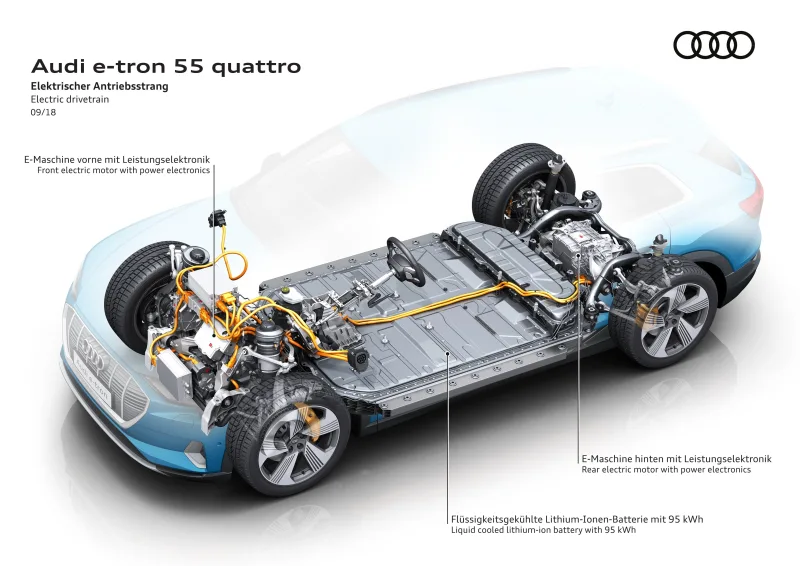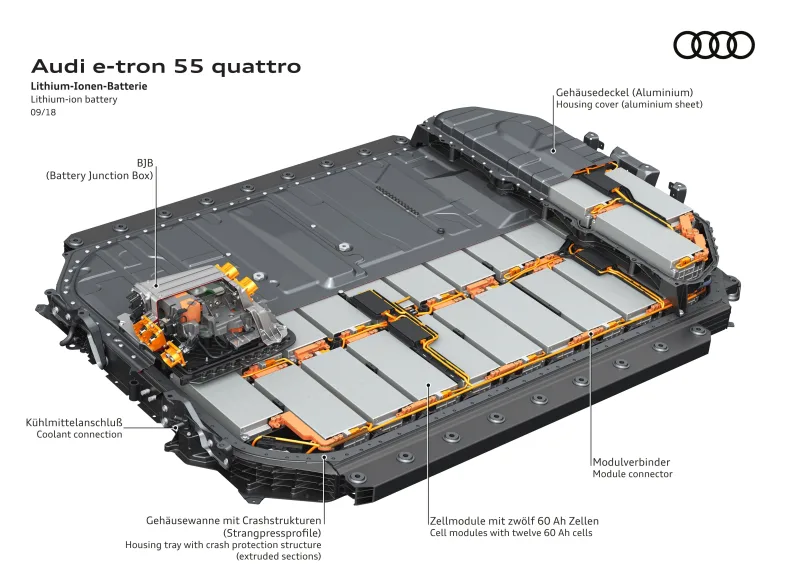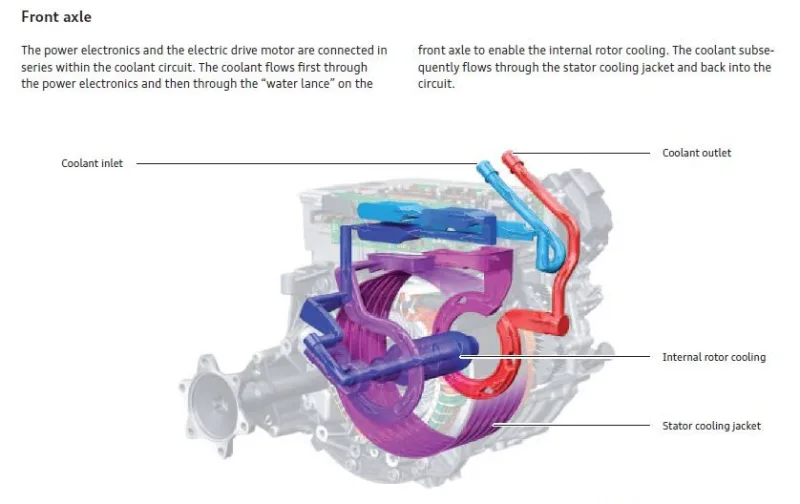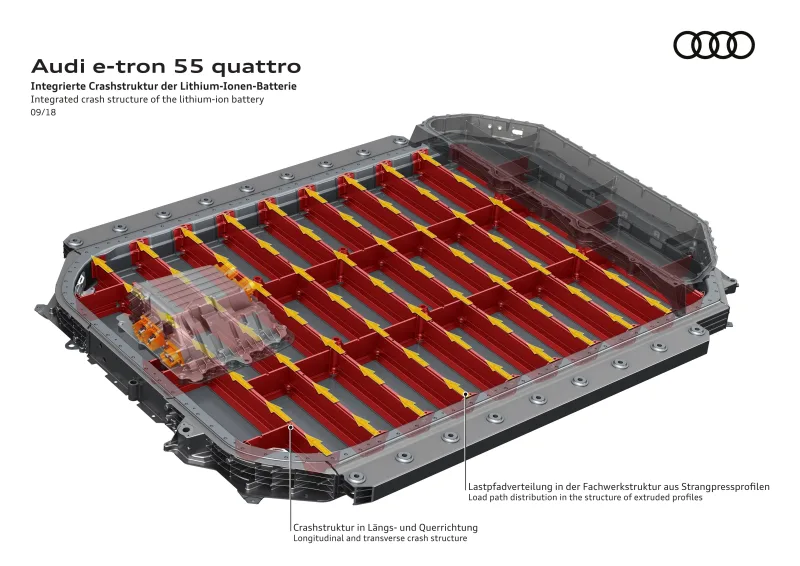Why no one can beat Tesla’s run

Image: Audi AG
This week I made a mistake. I tweeted. I tweeted that they say, of course, I like the Porche Taycan , but I'm a little disappointed that he, so many years after the release of the original Tesla Model S, could not surpass its mileage. And while I was of the opinion that Taycan fundamentally didn’t change anything at all, Audi took the time to explain what exactly they brought to the market electric vehicles not from Tesla.
Original tweet:
the taycan may be the best non-tesla electric car we've seen.
but 7 years after the Model S debuted, Porsche can't best the Tesla's performance or range.
maybe coming out with a car that's more expensive and less efficient than a tesla shouldn't be considered “groundbreaking”
- Mack Hogan, who tweets too much (@MacklinHogan) September 4, 2019
Transfer:
The Taycan may be the best non-Tesla electric car we've seen.
But 7 years after the Model S, Porsche can't beat Tesla's performance or mileage.
It is possible to enter the market with a car that is more expensive and not as effective as Tesla, should not be considered "terrific fundamentals."
- Mack Hogan, who tweets too much ( @MacklinHogan ) September 4, 2019
Essentially, the diagrams sent about the Audi E-tron show that this platform was designed with the aim of overcoming some serious problems. And in some cases, Audi had to sacrifice mileage to increase reliability over a long period of time.
Read also: Audi E-Tron 2019 is a good argument in favor of charging speed and against mileage .
Consider, for example, a cooling system. E-Tron individually monitors and individually cools each individual “module” in the battery, in order to keep the temperature of these modules at 22-35 degrees Celsius. And if something happened to one of the modules, then it can be replaced without iterating over the entire battery.

Image: Audi AG

Image: Audi AG
E-Tron also has serious cooling mechanisms for the motor itself, including a regular pump, which allows the use of heat removed from the engines to heat the passenger compartment.
Engine cooling is a weak point of the Tesla Model S, it is the heating of the engine, as a rule, that is responsible for the reduction in power during aggressive driving.

Image: Audi AG

Image: Audi AG
A more aggressive and (possibly even excessive) cooling system takes a fraction of the power, which partly explains the reason why the E-Tron can travel only 204 miles versus 370 miles on the Model S Long Range.
Read also: Audi E-Tron is disappointing with the 204th mile on a single charge .
Another part of the problem is the battery itself. First, let's say that the Model S has a larger battery - 100kWh compared to 95kWh for Audi. Obviously, a larger battery gives more mileage, but it also costs more, weighs more and takes up more space.
See how massive the “emergency” design piercing the battery is. It seems to be quite expensive to enlarge it and insert even more cells. And if you think that you really do not need this run - it may not be worth it.

Image: Audi AG
But the 5kWh battery difference doesn’t even explain the 166 miles difference in mileage. Cooling, aerodynamics and weight obviously add their own, but the biggest factor actually is that Audi does not give you full access to the battery. E-Tron automatically reserves 12% of the battery, leaving the driver with only 83.6kWh of available capacity.
Audi do this due to the fact that a full battery charge does not have a very good effect on its life. Tesla also recognizes this fact, allowing the driver to manually limit the maximum charge. But since most people want to minimize downtime, many simply do not use this feature.
However, Tesla's batteries still held out better than, for example, their engines . But in general - the idea is to lay some kind of margin of reliability.
In fact, the client base of traditional car manufacturers is much more sensitive to such things as drive failures, battery changes and overall quality problems than Tesla followers, who are often ready to write off all these problems as a very low price for owning a “car from the future”. And without the declared need to have such a (like the Silicon Valley company under discussion) still a bit of a startup approach “growth-this-all”, Volkswagen shareholders are unlikely to put up with warranty costs flown into the stratosphere.
Plus, at 370 miles on a single charge, we are definitely already where the total mileage becomes much less important than charging time and the charging infrastructure as a whole. In America, we are still waiting for a large and reliable network of fast chargers that can compete with Tesla superchargers. And the Volkswagen group is going to build one, but that, of course, will take time.
In the meantime ... Don't expect anyone to beat Tesla's runs. Audi, Porsche and Mercedes are very neat with their electromobile technology. They sacrifice mileage in order to cool and preserve engines and batteries and their goal is to give electromobile levels of air pollution, but at the same time maintain the quality and reliability of modern ICE vehicles.
All Articles